KATI SAQUI - MESSAGES FROM ELSEWHERE
“Close your eyes into the deep wonder capture colours crawling into one another…..”
An odd little coincidence: at the precise moment the author of this short essay was copying down the first three words of this inscription, written by Kati across one of her paintings, his radio started playing a 1940s recording by Doris Day, “Close your eyes……..”.
When one inspects Kati Saqui’s work, such a peculiar little ‘accident’ somehow doesn’t seem to be so unsurprising: after a while, you almost come to expect an event of this type. She sets out to cross boundaries and confuse genres. Homely objects become dislocated and acquire new, often disturbing purposes, their identities and meanings called into question. Zimmer frames have rockets; medical instruments are utilized for non-medical purposes.
And there seems to be an ‘otherness’ about these objects: whether they are presented in their normal state, or made unnatural by ‘adjustments’. They have become phenomena from the other side. She encourages you to consider an old boat, drawn high up on the Deal shingle and no longer seaworthy. With very little mental effort, the boat has become a very bulky existential object.
Sometimes Kati devises whole families of objects of this sort. There were, for example, her medical series with oddly disturbing collections of NHS booty: scalpels, sutures, pills and creams, blood soaked bandages and other tools of the trade; another involvement was with Deal fishing boats and their equipment. Sometimes these ‘collections’ become enfolded into a space. One medical collection was created inside an old caravan. The writer encountered this when it was parked at Canterbury College, where then Kati was a mature student.. To step with some trepidation inside this mobile gallery, was to cross a borderline between art and medicine. (Perhaps a bit like being inside an Edward Keinholz assemblage, such as his “Medicine Show”).
These objects are not exactly surrealist; the displacement isn’t deliberately contrived (like “encounters of sewing machines and umbrellas on dissecting tables” etc); the dislocation comes more from her manipulation of things. Sometimes these objects are suggestive of something, but that something isn’t exactly identifiable. (Interestingly, Kati’s college dissertation was on Louise Bourgeois, whose approach was somewhat similar: presentations of suggestive familiar objects in alternative poses, and unrecognisable companion pieces, coming from that ‘other side’.)
A firm background to all this is to be found in Kati’s early work, which was mainly paintings. (She also designed jewellery and textiles in those days). These works are very painterly: usually deceptively simple forms and structures, often in chessboard format or with bars and rectangles or irregular blocks of colour patterned across the canvas. Kati is able to deduce pictorial structure from the actual structure of these forms. Onto these arrangements tension point are situated, often as luminous ties or knots or little nodules – or are they nipples? These tension points seem to act as stress locations, drawing the colour blocks together, holding reality in place..
Kati’s fine sense of colour is very evident from these works. She utilises various kinds of paint material in her pictures, very often oils; at other times other mixed media, combining oils with acrylic/ gouache/ silk paints, even nail varnish, Hammerite or house paint.. The results sing: even sombre colours, like earth brown or black have a luminous intensity.
Some of these paintings have writing across them. This can be a kind of made-up script, a bit like Arabic (Mark Tobey’s ‘White Writing’ also comes to mind). At other times the texts are legible, as with the ‘Close your eyes…’ example above. More often they are fragmentary, mere letters or mysterious illegible half-sentences. Kati is a fine colourist and it pleasing that, for now at least, she has gone back to creating more of these subtle authentic works. Her paintings take the form of visual poetry and become incantation.
Peter Inch Art Historian. August 2017

